Makaton
This page explains what Makaton is, who uses it and how you can start learning.
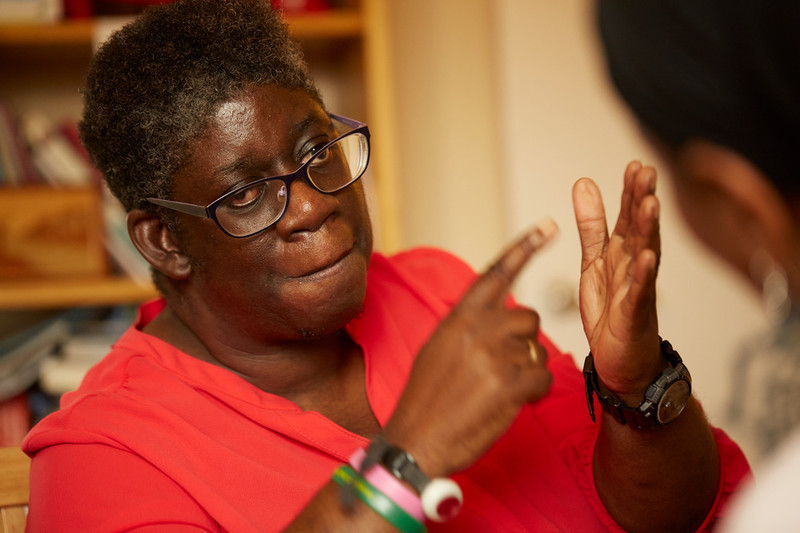
On this page:
- What is Makaton?
- Who uses Makaton?
- Why is Makaton important?
- Who invented Makaton?
- Differences between Makaton and BSL
- Top tips for using Makaton
- How to learn Makaton
- Want to take it further and become a Makaton trainer?
What is Makaton?
Makaton, or “key word signing”, is a simple and easy way of communicating using signs, symbols and speech. It’s not a formal sign language.
How Sense can help
We offer free and impartial information about living with complex disabilities, including deafblindness.
Get in touch by phone, email, post or through a BSL interpreter.
Makaton signs are based on the signs used in British Sign Language, the language of the Deaf community in the UK.
But Makaton signs, unlike BSL, are used in the same grammatical order as spoken English, and together with speech. This means you would say and sign a word at the same time when using Makaton.
Makaton also includes picture symbols, which can be used by people who are not able or comfortable to sign or speak.
Makaton symbols are often used to help choose between activities, just like objects of reference.
Who uses Makaton?
Today, more than 100,000 children and adults in the UK use Makaton, either as their main way of communicating or along with speech.
Makaton was developed for use by very young children and people with learning disabilities or other communication needs.
It is also used by teachers, health professionals, family, friends, carers and other supportive people.
It’s often used in mainstream primary schools, and you might have seen it on the TV: it’s used in the CBeebies programme ‘Something Special’ by Mr Tumble and friends.
It is also helpful for people who have English as an additional language.
Before you read on..
- You can communicate using a mix of different ways. (We all do!)
- At Sense, we use whatever combination of speech, touch, sign or visual language works best.
- It’s never too late to start.
- Have a go and don’t worry about getting it wrong.
Why is Makaton important?
Makaton is helpful for people with a wide range of learning and communication needs.
Using Makaton signs and symbols can help to empower children and adults to make choices for themselves.
It can also relieve frustration at not being able to express themselves.
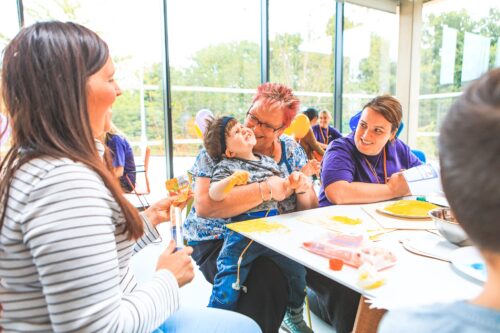
“One of Luca’s favourites is Twinkle, Twinkle, Little Star, which he signs in Makaton. It’s wonderful to see the huge smile on his face as he puts his heart and soul into performing the song – and to know he’s not going to be isolated.”
Anne, who supports Luca
Who invented Makaton?
Makaton was first developed by a speech therapist named Margaret Walker in the 1970s.
It was named using a few letters from the names of the first three Makaton teachers: Margaret Walker (MA), Katherine Johnston (KA) and Tony Cornforth (TON).
Symbols were first added to the Makaton programme in the 1980s.
Differences between Makaton and BSL
- BSL is an officially recognised language. Makaton is not.
- BSL is the language of the Deaf community. Makaton is a form of signing mostly used by hearing people who have learning disabilities, autism or different communication needs.
- In Makaton, words are used in spoken word order. BSL has its own syntax and word order that is different to spoken language.
- There are regional differences in BSL. Makaton uses the same signs across the country.
Top tips for using Makaton
- Practise using the signs and symbols as much and as often as you can.
- Always speak as you sign or use symbols.
- Hold eye contact, and use facial expressions while signing.
- Try to use short, clear sentences.
- If your young person doesn’t want to sign, you could try helping them to move their hands in an encouraging way. But go at their pace.
- Be patient, gentle and persistent.
- Most of all, have fun with it! Learning should be fun and creative.
How to learn Makaton
The best way to learn Makaton is by training with The Makaton Charity.
They offer workshops for parents, carers and whoever else wants to learn. Find Makaton training in your area.
If you prefer to learn at your own pace, you could also become a member of The Makaton Charity. This gives you access to online resources and tutorials.
The Core Vocabulary
Everybody starts learning Makaton by learning the Core Vocabulary.
The Core Vocabulary is a collection of 450 signs and symbols that represent everyday life concepts.
It is presented in stages, which get gradually more complex.
Visit The Makaton Charity for a range of Core Vocabulary resources, including Welsh language versions.
Makaton training
Makaton training is offered in levels, from level 1 to level 4.
The best way to start learning Makaton is with level 1 training. You’ll learn with other people, receive feedback on your signing and symbol work, share your experiences and practise with others.
With level 1 training, you’ll also meet and build a relationship with a Makaton tutor, who can help and support you in the future. The Makaton Charity has more than 1,000 licensed professional Makaton tutors.
Once you’ve completed level 1, you can continue to level 2, and so on.
If you already know which level of training you’re looking for, the best place to start is the workshop search page.
Want to take it further and become a Makaton trainer?
If you’ve already attended the Makaton Charity’s core training and have plenty of experience using Makaton in many situations, you could train to become a Makaton tutor.
Find out more about becoming a Makaton tutor.
Types of communication
There are may ways of communicating when living with deafness or hearing loss:
-
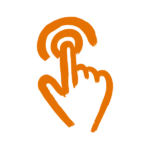
Using touch
- Braille uses raised dots to touch.
- Deafblind Manual spells words on to your hand.
- Block alphabet spells letters on to your hand.
- Moon uses raised lines, curves and dots to touch.
- Tadoma uses lipreading by touch.
- Hand-under-hand signing using touch.
-
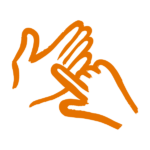
Using signs
- Sign language
- Visual frame signing for people with reduced vision.
- Objects of reference
-

Using speech
-
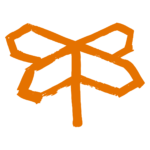
Also
- Non-formal communication without speaking, writing or signing.
- Intensive interaction treating everything as communication.
More information
Sign up to our newsletter
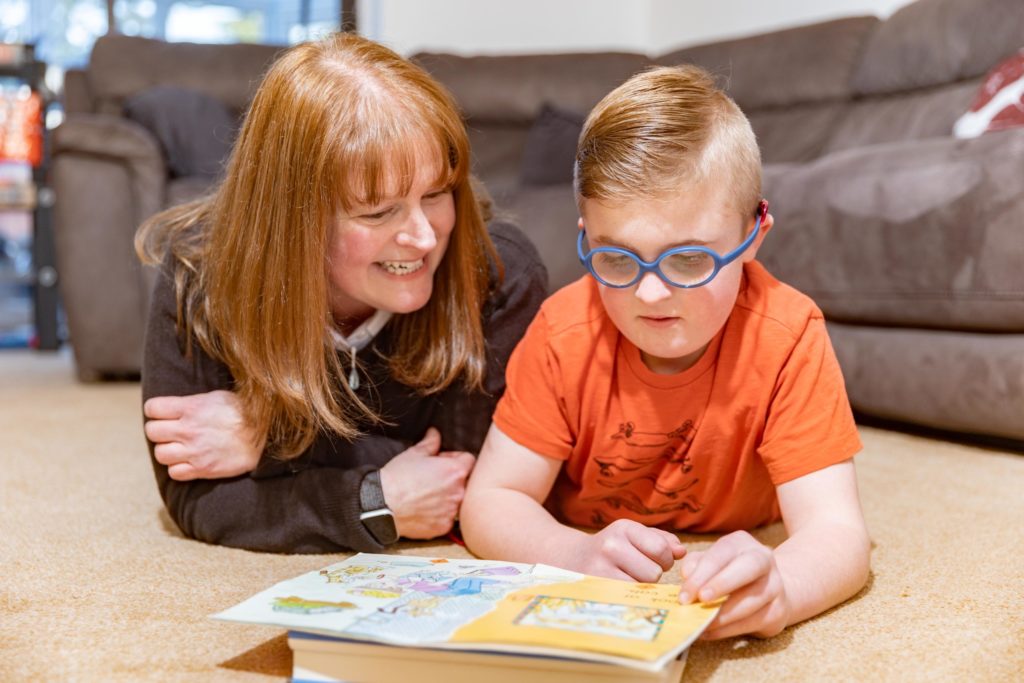
Get updates about our vital work, including volunteering, making a donation or supporting Sense campaigns.
This content was last reviewed in April 2023. We’ll review it again in 2025.
